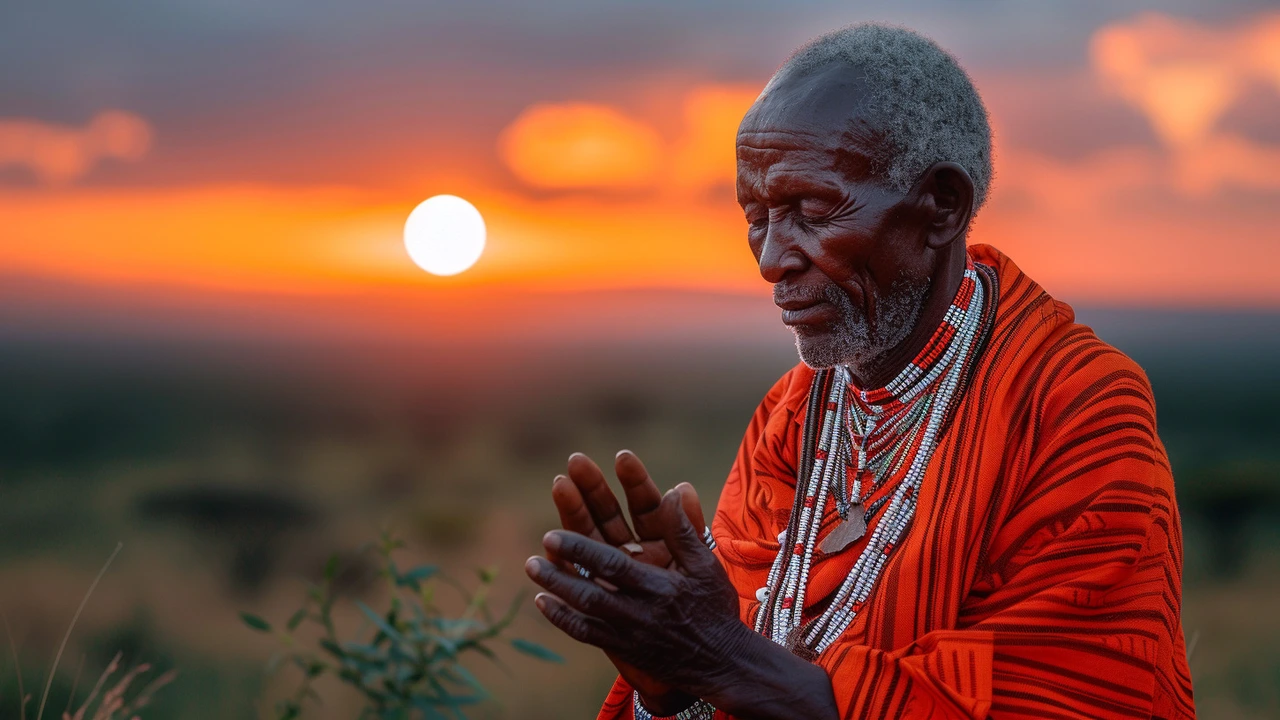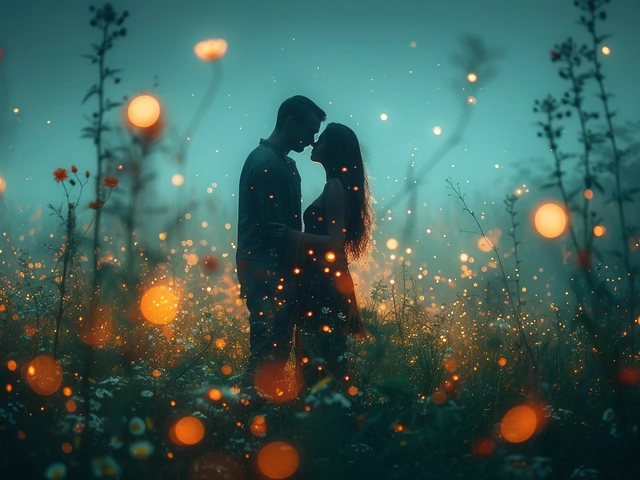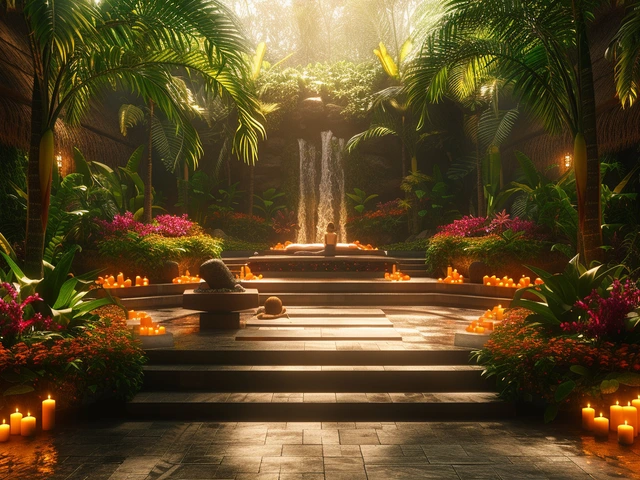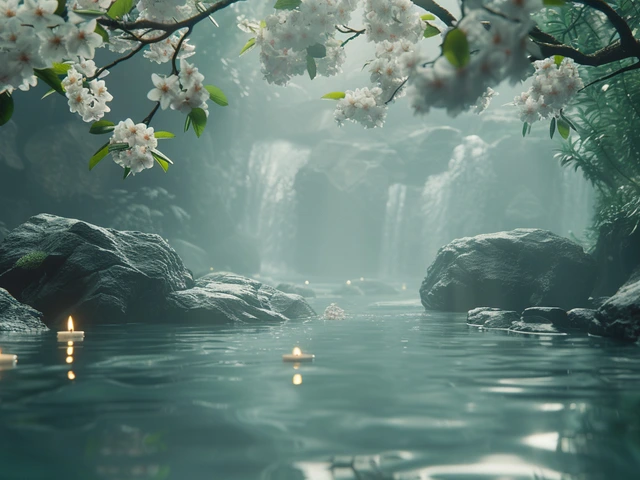
An Introduction to Rungu
Let's start with the fact that no, Rungu is not a new age dance move or obscure musical instrument. It fits somewhere else in the tapestry of the human cultural experience. On a fine evening spent at our Bristol home, my lovable spouse Madeleine Beaumont and I found ourselves in a spirited online debate on international cultural symbols. Rungu came up and I found myself fascinated by its cultural significance, propelling me into a deep dive. I'll admit, it was one of those online wormholes you sometimes can't resist to venture down. And oh, the rewarding vistas!
The Rungu, or otherwise known as the Knobkierie, originates from the African region, particularly in East Africa. It is burdened with a historical tradition, significantly vibrant meanings and contemporary transpositions in our day.
The Traditional African Tri-Purpose Tool
The Rungu is a short, stout stick, traditionally perceived as a symbol of authority among East African tribes. On an initial head-to-head (quite literally) encounter, the Rungu may seem unassuming, but this simple tool carries heavy implications in its cultural weight. Me, with a spatula in the kitchen, trying to find where it fits in the toolbox, has nothing on the wielder of the multi-purpose Rungu.
Essentially, it served three purposes: a weapon for protection, a tool to help in walking or balancing, and as a kind of scepter signaling authority and leadership. Equal parts powerful, practical and prestigious, it fits nicely into the everyday packaging of a tribal life. Imagine pulling out a Rungu at a tense meeting, it would most certainly make a stirring addition to any PowerPoint saga.
Customisation and Craftsmanship
A fascinating fact about the Rungu, is that like any gadget we celebrate today, it could not elude the process of customisation. Every tribe had its own adaptation and variation, ensuring that the Rungu was not merely a tool, but a reflection of culture, heritage and societal paradigms.
Constructing a Rungu required a level of craftsmanship and artistic dexterity. Craftsmen would closely work with the material, shaping, molding, carving and polishing until it started to form the signature shape of a Rungu. These craftsmen were upholders of traditions and masters of an art passed down over generations. Swinging the craftmanship of my trusty Ikea assembly kit into perspective, you aren't making merely a functional piece, but a historically laden cultural artifact.
Roles and Rituals: The Societal Value of Rungu
No African weapon carries as much cultural significance and value in society like the trusty Rungu. Ranging from social order, tribal leadership, peacekeeping, to traditional sports, the Rungu has always been a steadfast societal pillar in the African community. Does your phone charger command as much respect? I think not.
Often a symbol of leadership, law and order, the Rungu created a form of societal hierarchy. In a rendezvous of tribal elders, you could size up the gravity of a situation by the number of heavy-duty Rungus on sight. This tribal baton of command, at once evokes the otherworldly Bob Dylan lines, 'you don't need a weatherman to know which way the wind blows'!
From the Savanna to the Screen: Rungu in Popular Culture
Given its rich history, the Rungu has found its way into popular culture, becoming a global symbol of African heritage. It figured in Hollywood films, on TV screens, and in literature, underscoring a point about African heritage and identity. There's always something entrancing about seeing an age-old cultural facet spin across the modern stage.
Just think about it as the African version of Excalibur, appearing in important ceremonial scenes and sometimes comic displays, capturing the complexity and richness of the culture it stems from. Kind of gives 'passed the baton' a whole new level of gravitas, doesn't it?
Rungu: A Cultural Heirloom
Human cultural experience is marked by narratives, symbols, and tools that transition through time to evolve or linger on as a lasting testimony. The Rungu has certainly managed to etch itself in our communal human heritage. It holds a mirror to an era and a way of life, and also to the continuity of our shared human expressions.
If like Madeleine and me, you find yourself bewitched by fascinating tales that inanimate objects cradle within them, you'll find the Rungu a fascinating study in history, crafts, rituals and more. So, the next time you see this jump up on your screen or in a museum, know it's not just a stick, it's a token from an age-old cultural saga.




